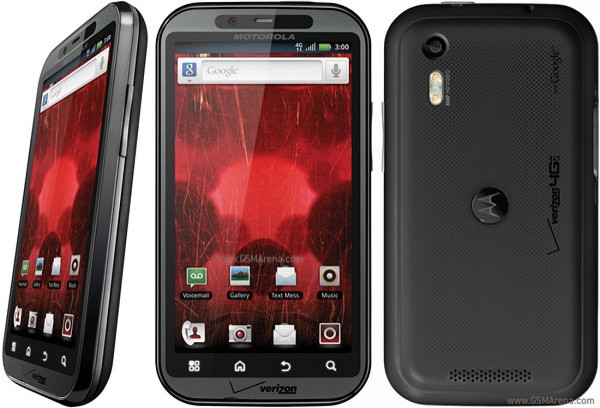Droid Bionic vs HTC Rezound: Verizon Battle
Verizon Leads the Major Carriers in High End Phones

Verizon has more $200 and $300 mobile phones than anyone, and Bionic and Rezound fit into this category. Rezound is the brand new device, and for $300 you get true HD 1280x720p resolution under the 4.3-inch super LCD screen. It's also got an eight megapixel camera and 16 gigabytes of internal storage. Bionic has the same size screen but not quite the same resolution. It's still got good resolution at 960x540p under the qHD display. Bionic also has an eight megapixel camera and an equal amount of storage as the Rezound. In other words, they are both fast and look great.
Where they differ is in the software, battery and physical design. Rezound, as you may know, is integrated with the Dr. Dre inspired Beats Audio, a music enhancement package that targets audiophiles. That may or may not be worth the extra $100, but it's likely a main contributor. That's because while Rezound is newer than Bionic, it is thicker and has a smaller battery. Perhaps it doesn't need a bigger battery, and it depends on how the device is used when measuring battery usage, but it is smaller on paper.
As for the Android system underneath, both the Bionic and Rezound have manufacturer overlays on their Gingerbread-powered interfaces. Some people find these customizations to be easier to use than than pure Android, and others think they are overkill and cost too much in terms of performance. However, it looks like both Bionic and Rezound should get the Android 4.0 update when it comes out, but some devices that have these manufacturer overlays don't always get the updates (or they have to wait longer for them). In this case, Rezound runs something called Sense UI, and it's a software package from HTC that lets you launch an app from the lock screen by dragging the icon into a ring at the bottom of the screen. It also has pre-installed photo editing apps.
Bionic has an overlay too, but Motorola doesn't have a name for it. It comes pre-installed on the Bionic and includes email, task and calender widgets meant to simplify the device's use. In conclusion, both of these devices seem too expensive, plus you have to sign a two year contract. Unless you really want the Beats Audio feature, go with the Bionic. The best thing to do though is to down to the store and get the devices in your hands to try them out. Tell us in the comments if you have tried out these two phones.
© Copyright IBTimes 2024. All rights reserved.





















